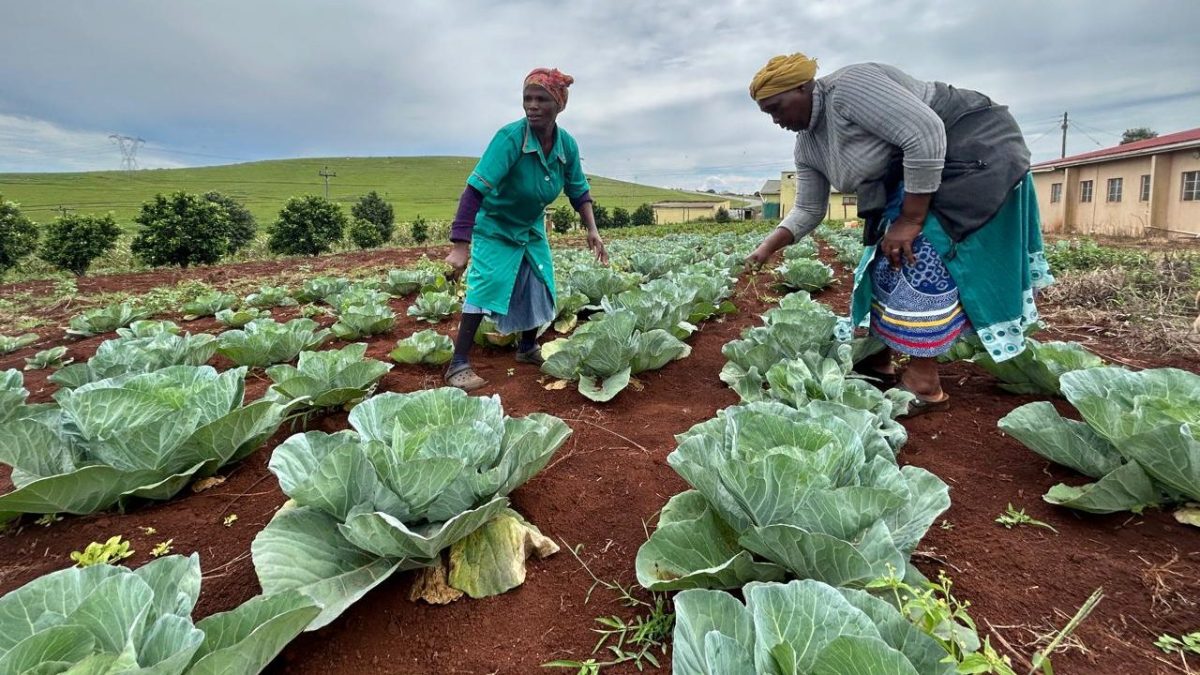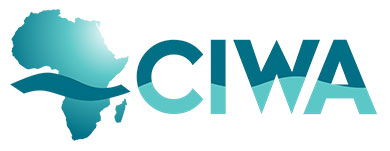Mfundo Macanda : Développer une agriculture intelligente face au climat dans la région du Cap oriental
Posté le : 15 mai 2024 (Blog)

La partie orientale du Cap-Oriental, ancien territoire appelé Transkei pendant la période de l'apartheid, est une région essentiellement rurale de l'Afrique du Sud. Le bétail se promène librement sur des collines légèrement ondulées. Cette région se caractérise par des paysages uniques, des troupeaux de bétail Nguni tachetés qui fréquentent les plages abandonnées aux huttes rondes du peuple Xhosa.
La région est l'une des moins développées sur le plan agricole dans le Cap oriental et n'a connu qu'une croissance économique limitée. La région dispose de suffisamment d'eau pour le développement agricole pendant la saison des pluies mais, pendant les hivers plus secs, la pénurie d'eau rend impossible la production de cultures tout au long de l'année. Les principales cultures sont les céréales et les légumes, principalement pour la consommation des ménages et parfois pour la vente des surplus aux voisins.
Pour que les agriculteurs et le secteur agricole prospèrent et améliorent la sécurité alimentaire et l'accès aux marchés, les agriculteurs doivent être soutenus par des systèmes qui garantissent une production continue de produits de haute qualité. Les agriculteurs considèrent que le manque de disponibilité de l'eau tout au long de l'année, exacerbé par le changement climatique, est leur principal facteur limitant.
"Pour que les gens produisent de manière optimale, l'eau, le stockage de l'eau et l'irrigation sont essentiels", explique Mfundo Macanda, directeur de la production animale, de la recherche et du développement au sein du Département du développement rural et de la réforme agraire du Cap-Oriental (DRDAR).
"Nous avons besoin d'une agriculture intelligente sur le plan climatique" pendant les conditions de sécheresse de l'hiver, explique M. Macanda.
Pour développer une agriculture inclusive et durable, le gouvernement provincial du Cap-Oriental s'est tourné vers la Banque mondiale et SADRI, une assistance technique de CIWA qui a abordé les risques de sécheresse transfrontaliers, amélioré la coopération et créé une vision holistique de la gestion des risques de sécheresse dans toute l'Afrique australe jusqu'à la clôture du projet en juin 2023.
Le gouvernement et l'équipe de SADRI ont créé un concept pour le développement de la collecte des eaux de pluie pour les exploitations familiales. Ils ont également identifié des investisseurs potentiels qui pourraient favoriser le développement d'accords de sous-traitance avec les petits producteurs et les exploitants familiaux. Le partenariat pourrait être soutenu par la SFI.
Macanda explique que, grâce au travail effectué avec SADRI, le gouvernement provincial lance un programme pilote de trois ans visant à introduire un système d'irrigation à micro-échelle pour la production de cultures horticoles de grande valeur, d'abord dans les ménages, puis, espérons-le, en l'élargissant pour que les gens puissent fournir des produits frais aux écoles et aux hôpitaux locaux, et enfin en l'étendant pour aider les agriculteurs à vendre leurs récoltes sur les marchés.
L'objectif du projet pilote est de permettre aux ménages et aux agriculteurs d'avoir accès à l'eau tout au long de l'année grâce à des techniques de collecte des eaux de pluie et des eaux de ruissellement, qui sont stockées en vue de l'irrigation des champs et de la production agricole en hiver.
Le DRDAR est en train d'identifier les villages et les ménages qui participeront au projet pilote.
La prochaine étape consistera à développer le système de stockage de l'eau, puis à fournir une infrastructure d'irrigation aux champs d'environ 30 ménages sélectionnés pour le projet pilote. Le gouvernement leur fournira également des plants gratuits d'arbres et de légumes.
Les agriculteurs ont besoin d'un soutien économique pour avoir plus de chances de réussir", explique M. Macanda.


